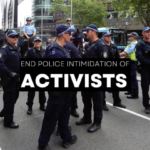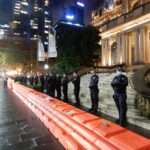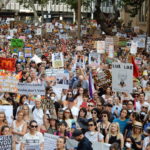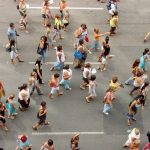As Protests Grow Globally, Police Are Increasingly Using Nonlethal Weapons on Civilians
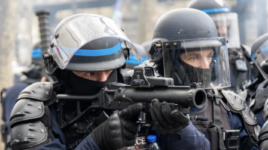
The use of pepper ball rounds on anti-lockdown demonstrators by Victoria police in downtown Melbourne on several occasions over August 2021, marked an escalation in the law enforcement approach to public protest in this country.
Released on 22 March, Lethal in Disguise 2 outlines that this use of nonlethal or crowd-control weapon (CCW), which isn’t supposed to result in death is becoming more prevalent globally, which is in line with a general uptick in civil unrest, and it poses health risks and undermines rights.
“The unnecessary and disproportionate use of force often serves not to disperse crowds and quell dissent but rather leads to acrimony and further escalation of conflict,” reads the report produced by Physicians for Human Rights and the International Network of Civil Liberties Organisations.
Lethal in Disguise 2 outlines that since 2015, 121,000 people have been injured or killed by CCWs worldwide. And since the release of the first Lethal in Disguise report in 2016, there’s been an increase in civilians harmed by kinetic impact projectiles, chemical irritants and acoustic weapons.
But whilst it’s uncertain that the current spike in protests is here to stay, the rising use of CCWs by state actors just may be, and it’s being accompanied by increasing authoritarianism, the unregulated use of these weapons on the unarmed, political bias in application and a lack of accountability.
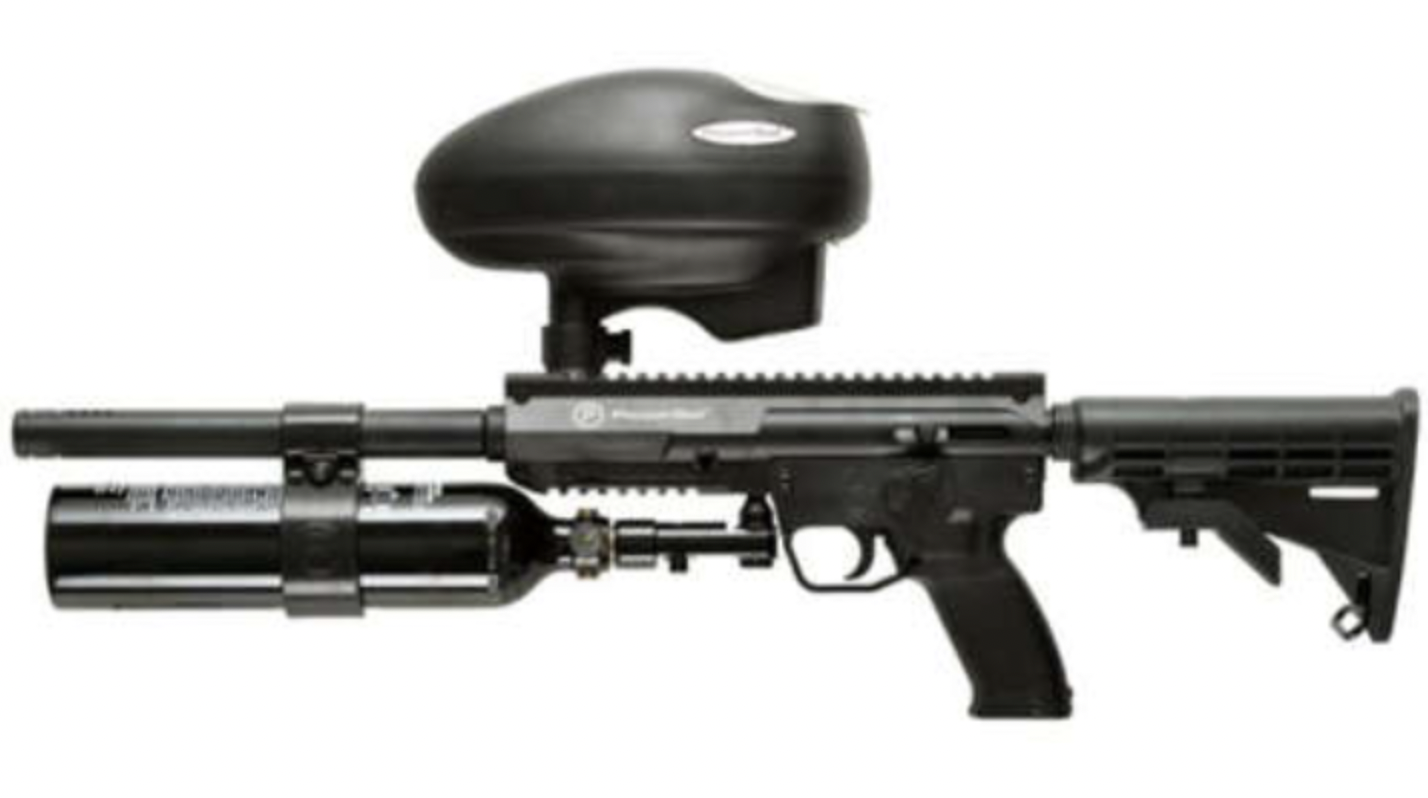
Nonlethal harms
“In addition to the growing violent use of crowd control weapons, since 2016 we have seen new technologies deployed by governments with next to no accountability or oversight whatsoever,” said International Network of Civil Liberties Organisations (INCLO) program coordinator Lucila Santos.
“The reality on the ground is that the number of people who are injured and killed in protests by authorities is soaring,” her release statement continues. “We hope this report will push governments to ban many CCWs proven to be inaccurate and dangerous, and tighten regulations.”
Just last month, the use of nonlethal weapons by authorities occurred in Bangladesh, Ethiopia, France, Georgia, Greece, Israel and the Occupied Palestinian Territories, Italy, Kenya, Mozambique, Pakistan, Peru, South Africa, Sri Lanka, Türkiye, the US, as well as other countries.
The report also highlights that authorities in the US are more likely to utilise CCWs against groups protesting racism and police brutality, rather than far right protesters, as was evidenced in the “largely passive police response” to the Trump agitators at Capitol Hill in January 2021.
“It is past time that governments ban rubber bullets in all crowd-control settings – kinetic impact projectiles can never be used safely in protest environments,” lead report author Rohini Haar, who’s a medical advisor at Physicians for Human Rights, explains.
CCWs can be lethal
The report tracks the increasing utilisation of various types of nonlethal weapons, as well as the developing use of “weapons not traditionally considered riot control agents” being applied to crowds by police.
The report found that over the six years to 2021, there had been an increase in use of rubber bullets on activists worldwide, with an accompanying rise in injuries, which saw 2,190 civilians injured by kinetic impact projectiles, 945 of whom suffered permanent disability with 12 others killed.
In terms of chemical irritants, or teargas and pepper spray, these have continued to be liberally employed, with over 100,000 individuals injured since 2015, 14 of whom died. And despite this widespread use, there exists almost no publicly assessable literature on their composition or impact.
Other CCWs include water cannons, disorientation devices, such as stun grenades, acoustic and blunt force weapons, while increasingly electronic conduction devices, like tasers, and remotely operated vehicles, such as drones, are being applied to protest crowds.
Another key aspect that’s exacerbating the harms associated with nonlethal weapons is that medical attention is not easily accessed in protest situations where they’re being employed. And the practice of taking those harmed by CCWs into custody, deters people from seeking medical treatment.
As to the infringements that the use of nonlethal weapons is having on the rights of protesters, the report outlines that those prominently violated involve assembly, association and freedom of expression.
Nonlethal down under
Whilst capsicum spray has readily been used on demonstrators in this country over recent years, the use of pepper rounds against civilians in the Melbourne CBD in August 2021 by Victoria police was a first. And in contrast to the report findings, they were used upon far-right agitators.
In a statement following the incidents, Melbourne Activist Legal Support (MALS) outlined that it was likely Victoria police officers were using the VKS Pepper Ball firearm, which can be used to shoot capsicum rounds and blunt force pellets.
The independent legal organisation explained that Victorian law enforcement acquired these weapons, which can “blind, maim and leave permanent injury”, in 2016, as part of a Victorian government public safety package.
Indeed, MALS has compiled a Victoria Police Weapon ID guide, and the organisation further underscores that this arsenal is part of an ongoing “rise in coercive and excessive crowd control tactics” by local police that it’s been tracking.
Killing the messenger
The state of NSW has not been using pepper ball rounds on protesters. But the last 12 months have seen a concerted effort to stamp out unauthorised protests, specifically those rallying against the climate crisis and state government adherence to the wants of the fossil fuel industry.
The former Perrottet government enacted an antiprotest regime last April, which sees the unauthorised obstruction of major roads, tunnels, bridges and major facilities a criminal offence that carries up to 2 years inside and/or a fine of $22,000.
The resulting chilling effect on climate demonstrations in this state has been palpable. And just elected NSW premier Chris Minns made certain that he was going to continue with the draconian laws prior to his election last month.
The crackdown on climate protests has been mirrored across this continent, as well as in other nations, such as the US and the UK. And the message is clear, fossil fuel industry-funded governments prefer to stamp out the dissenting voice, rather than implement real climate action.
And while a lethal approach to climate defenders was once relegated to the Global South, with over 1,200 murdered since 2015, the January shooting death of 26-year-old forest defender Tortuguita at the hands of Atlanta police in the US state of Georgia marks a shift in approach in the Global North.
So, with the climate crisis only set to worsen, and those mobilising on the streets in response set to grow larger, Victoria police are likely to find it advantageous to utilise its nonlethal arsenal on civilians once more, while it might also be expected that NSW police follows suit in due course.


